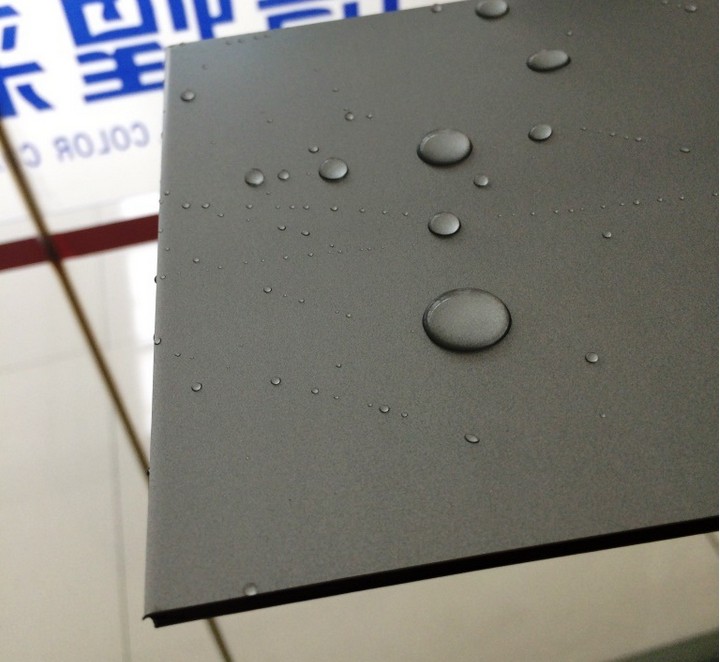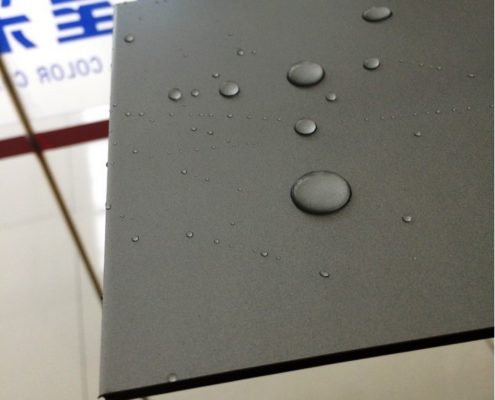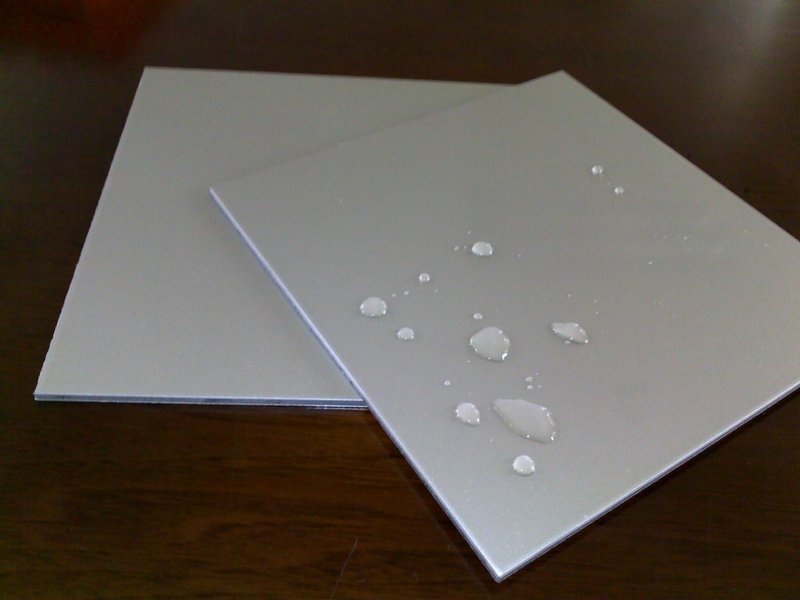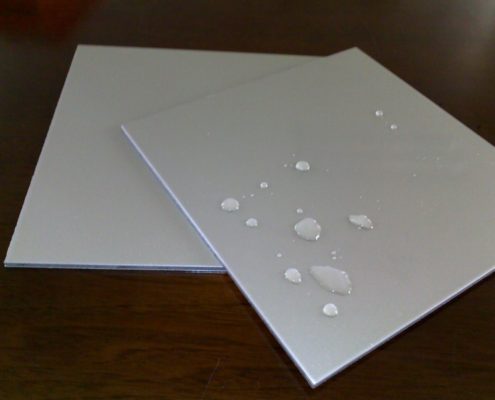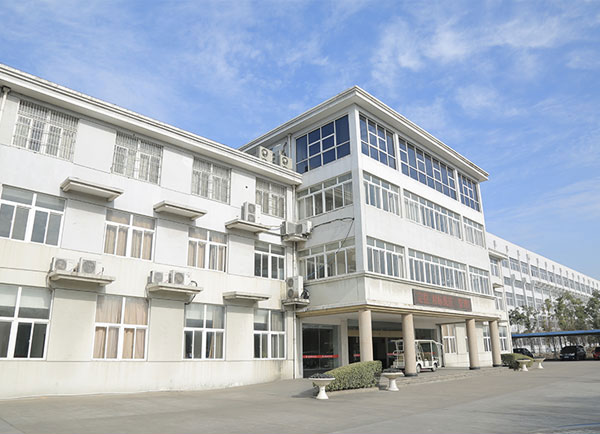Introduction of NANO PVDF Coated Aluminium Coils Sheets
1. Aluminum coated coil alloy: AA1100,AA1050, AA3003, AA3004, AA3005, AA3105, AA5005, AA5182, AA5052, AA5754, AA5454, AA8011
2. Temper: O/H42/H44/H46/H48
3. Aluminum thickness (gauges): 0.02mm to 3.0mm
4. NAMO PVDF pre-painted aluminum coil width: 10mm to 1800mm
5. Coating: polyvinylidene difluoride (NAMO PVDF), no less than 25 micron for two times coating, three times coating 32micron.
6. Available colors: solid, metallic, marble, wood, anti-static, anti-scratch, etc
7. Coating hardness (pencil hardness): more than 2HB
8. Impact resistance: no cracking or peeling
9. Flexibility (T-bend): 2T
10. MEK resistance: more than 100 times
11. Further Processing: embossing, cutting to solid aluminium sheets, slitting to aluminium strips, etc
Advantages and applications
Due to above characteristics, the Nano PVDF coated aluminium coils sheets is ideal for wall decoration and protection for office buildings, shopping centers, industrial building.
Property comparison between Nano-PVDF coating and PVDF coating
| Coating Type | NANO Coating | PVDF Coating |
| Paint Particle | 0.001micron-0.03micron | 0.3micron |
| Pollution Resistance | Dust hardly sticks on the panel | Dust sticks easily |
| Easy-cleaning | Dust goes away with bead | NIL |
| Friction Resistance | Over 10,000 times | Several thousands times |
| Acid Resistance | 5% HCI, 240 hrs | 24 hrs |
| Alkali Resistance | 5% NaOH, 240 hrs | 24 hrs |
| Oil Resistance | 20# machine oil, 240 hrs | 24 hrs |
| Weathering | Both paints have prominent feature of weather proofing and color retention. | |
The paint layer comparison of PVDF and Nano-PVDF under atom microscope.
The final result shows that the surface paint structure of Nano-PVDF NAMO PVDF coated aluminium coils sheets is denser than that of normal PVDF coated aluminium coils sheets.. So, the former keeps better pollution resistance.
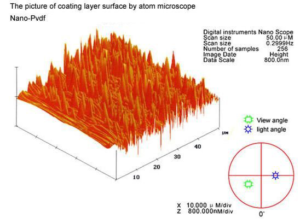
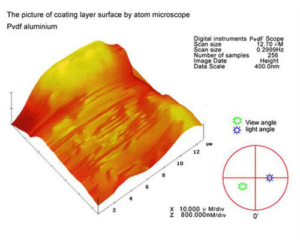
In details: This is how the Signi Color NAMO coating works:
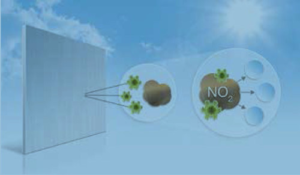
Under the influence of sunlight, a photoelectric effect in the titanium dioxide layer results in the creation of available energy from electrons.
This energy creates free oxygen superanions and hydroxyl radicals that lead to the break down of organic substances.
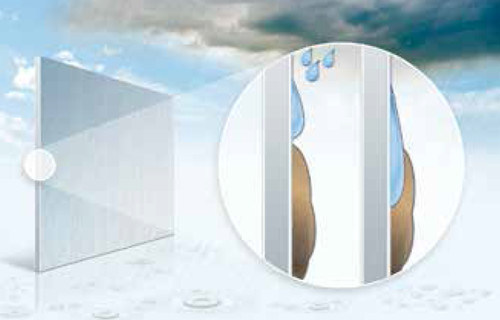
The superhydrophilic properties come from the increase in surface energy caused by the electrons. The surface attracts humidity with the result that no drops are formed, but a thin layer instead.
The harmful substances that have been broken down slide off this smooth surface or are simply washed to the bottom by rain.

